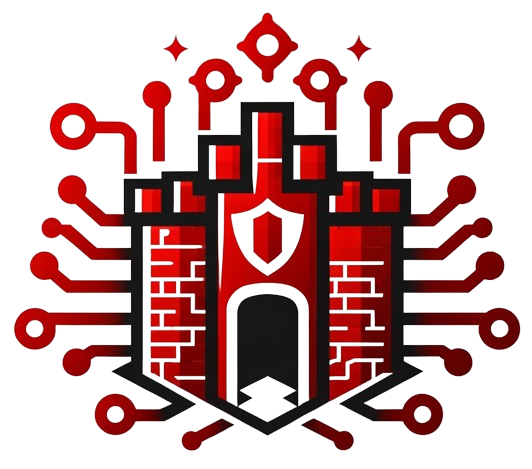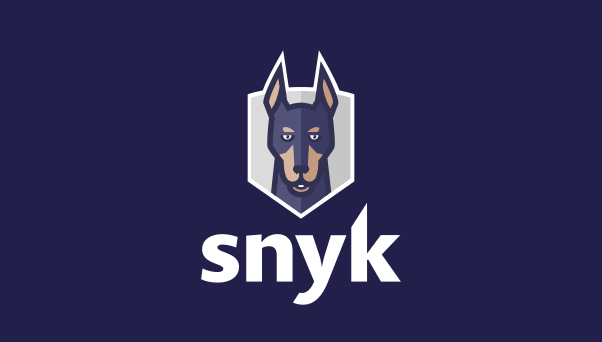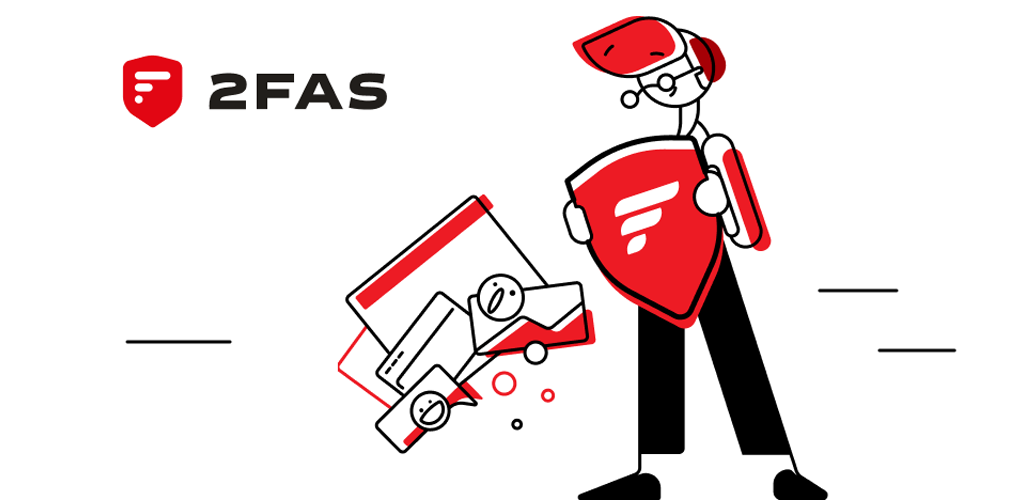Snyk: A Developer-First Security Platform for Code, Dependencies, Containers, & More
1. What Is It?
Snyk is a cloud-based security platform that helps developers find and fix vulnerabilities in code, open-source libraries, containers, and infrastructure-as-code (IaC) configurations. It integrates directly into development workflows—through CLI tools, IDE plugins, or CI/CD pipelines—to identify security issues early (“shift left”) and offer automated remediation advice. With coverage for multiple languages (Node.js, Python, Java, .NET, Go, etc.) and frameworks, Snyk stands out as a developer-focused solution bridging security scanning and developer usability.
Which Problem Does It Solve? Modern software depends heavily on third-party packages and container images that can harbor known vulnerabilities or misconfigurations. Snyk automates continuous vulnerability detection (e.g., CVE scanning) and offers actionable fixes (like version upgrades or code patches). For MyDigitalFortress readers, Snyk exemplifies a **security-first** mindset in DevOps pipelines, emphasizing minimal friction for engineering teams.

2. Technical Foundations
Cloud Service & Local CLI
Snyk operates primarily as a Software-as-a-Service (SaaS) platform. Developers install
the
Snyk CLI, which scans local codebases and dependencies against Snyk’s
vulnerability database. The CLI sends package manifests (like package.json,
requirements.txt) or container details to Snyk’s backend, which returns identified issues
and recommended fixes.
Snyk’s GitHub
also hosts open-source tooling for deeper integration.
Core Modules & Features
- Snyk Open Source: Scans for vulnerabilities in OSS packages, checking CVE listings and Snyk’s curated advisories. Learn more.
- Snyk Code: Performs static application security testing (SAST) on proprietary code, identifying potential issues (e.g., SQL injection, hardcoded credentials). Details here.
- Snyk Container: Analyzes container images (Docker, etc.) for known vulnerabilities in base images or installed packages. Container scanning docs.
- Snyk Infrastructure as Code (IaC): Flags misconfigurations in Terraform, Kubernetes manifests, or cloud formation scripts. IaC scanning docs.
Integration with CI/CD & IDEs
Snyk supports major CI/CD pipelines ( Jenkins, GitLab CI, GitHub Actions, Azure DevOps) and IDE plugins ( VS Code, IntelliJ, Eclipse), letting devs fix issues during local coding or build steps. This approach fosters a shift-left security mindset, improving detection speed and reducing late-stage rewrites.

3. Who Is It For?
Snyk targets development teams, DevOps, and security engineers seeking to embed security scanning in daily workflows. Typical audiences:
- Full-Stack Developers: Checking code + third-party libraries for issues before merging to production.
- DevOps & SRE Teams: Ensuring container images or IaC definitions remain secure, avoiding known misconfigurations.
- AppSec Specialists: Integrating Snyk’s vulnerabilities database to monitor open-source risk exposure across projects.
- SMBs & Enterprises: Subscription-based approach scales from free personal usage (limited scans) to advanced enterprise features (dashboards, policy enforcement, etc.).
From a MyDigitalFortress viewpoint, Snyk’s developer-first ethos streamlines secure coding practices while addressing supply chain vulnerabilities, crucial for comprehensive digital defense.
4. Use Cases & Real-World Examples
-
Open-Source Dependency Scanning: A Node.js team automatically runs
snyk test on
package-lock.jsonfiles in CI, blocking merges if new vulnerabilities appear in dependencies. - Container Security: A DevOps pipeline scans Docker images for outdated packages or known CVEs before pushing to a production registry, helping meet compliance standards (e.g., PCI DSS).
- IaC Policy Checks: Infrastructure engineers run Snyk’s IaC scanning on Terraform .tf files to catch misconfigured ports, unencrypted storage buckets, or insecure network rules, preventing risky deployments.
- Enterprise Governance: A large org uses Snyk’s custom policies to set vulnerability severity thresholds, reporting high-severity issues to security leads automatically.
5. Pros & Cons
Pros
- Developer-Friendly Integration: CLI, IDE plugins, and CI/CD hooks streamline fix workflows.
- Comprehensive Security Coverage: Code scanning, open-source vulnerabilities, container analysis, and IaC checks in one platform.
- Actionable Remediation: Offers upgrade advice, patch suggestions, or direct pull request fixes for known vulnerabilities.
- Continuously Updated Database: Backed by Snyk’s curated advisories plus real-time CVE feeds.
Cons
- SaaS Reliance: Sensitive projects may balk at sending package data to Snyk’s cloud, though minimal code content is transmitted.
- Pricing for Enterprise Features: Advanced usage (unlimited scans, integrated reporting, policy controls) can get expensive.
- Occasional False Positives or Noise: Like any automated security tool, Snyk might flag minor issues or cause “alert fatigue” if not configured properly.
- Limited Offline/On-Prem Options: While some self-hosted or broker solutions exist, Snyk primarily focuses on cloud-based scanning.
6. Getting Started
Ready to try Snyk? Here’s a straightforward path:
- Create a Snyk Account: Sign up at Snyk.io. A free tier allows limited scanning, with advanced features requiring paid plans.
-
Install the CLI: Follow
official instructions
to install Snyk globally via
npm,Homebrew, or binary packages. -
Authenticate & Test a Project: Run
snyk authto link CLI to your account, thensnyk testin a codebase with apackage.json,pom.xml, or Dockerfile. The CLI outputs discovered issues. - Integrate with CI or IDE: Add pipeline plugins or install an IDE extension to catch issues earlier in development.
- Review & Prioritize Fixes: Use Snyk’s UI or CLI suggestions to upgrade dependencies, patch code, or rebase containers. Repeat scanning to ensure vulnerabilities stay addressed.
7. Conclusion & Next Steps
Snyk aligns with the “shift-left” DevSecOps mindset, unifying scanning for code, open-source dependencies, containers, and IaC under one developer-centric umbrella. By empowering teams to spot vulnerabilities and push fixes rapidly, it champions continuous security across modern agile pipelines—fully resonating with MyDigitalFortress principles of proactive, integrated security practices.
That said, Snyk’s SaaS-based approach, advanced features pricing, and occasional false positives might be considerations for certain teams. If you seek an **easy-to-adopt** security scanning solution bridging developer convenience and robust vulnerability intel, giving Snyk a test run in your projects could yield significant risk reduction. Ultimately, it’s a potent ally in building—and maintaining—a resilient digital fortress.
Next steps? Sign up, install the CLI, scan a real codebase, and measure how automated fix suggestions or CI gating might enhance your security posture. Evaluate enterprise or advanced modules if you need governance, compliance reporting, or multi-repo management—Snyk can scale as your security needs evolve.





